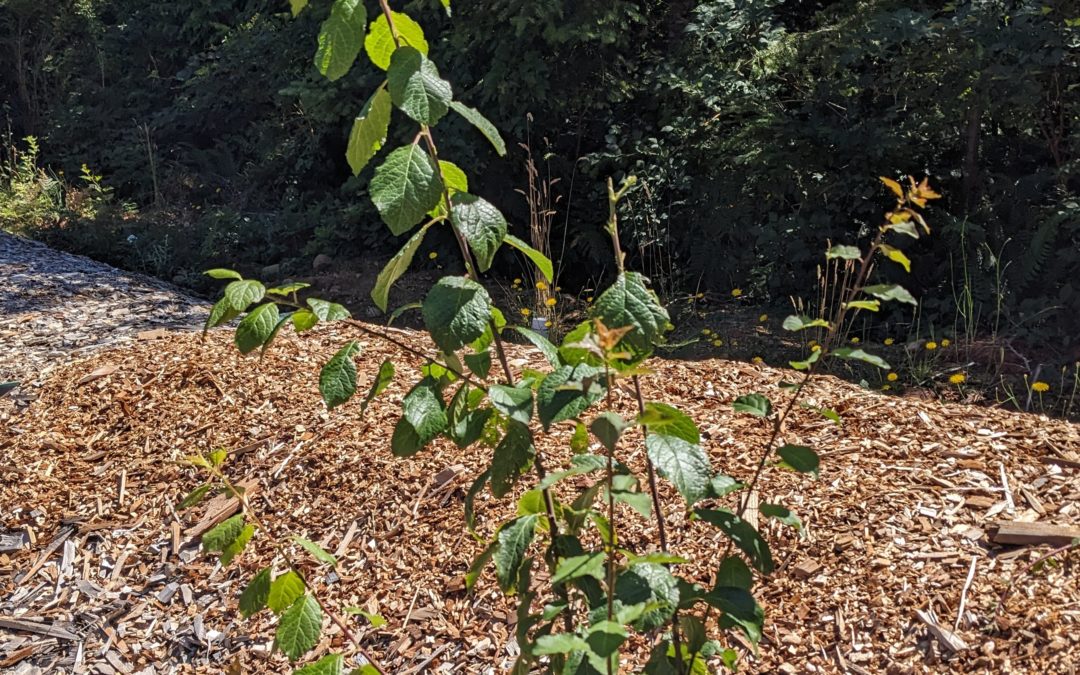“What humans do over the next 50 years will determine the fate of all life on the planet” – Sir David Attenborough
Many have asked for an update on life with compost toilets, graywater, and rainwater systems. Today is the perfect day as we are busy cleaning our graywater tanks, checking our rainwater filters, and taking out the waste from our compost toilets. And we are also checking on our fruit trees as well.
We have been living here now for a little more than 2 years and our systems are working well. We still love our Separett compost toilets and wouldn’t change a thing. Once a week, we take the waste out to our shed where it is housed until we move it to a community facility (every 10 weeks or so). They remain so easy to clean and maintain, and no odours whatsoever. We haven’t had a single visitor who has disliked using them and the best part for me, no clean water has been flushed down a toilet. Research shows that approximately 30% of residential water usage is from flushing toilets, and in a world where so many don’t have clean drinking water and with drought numbers rising, it just makes sense to look at alternatives.
Our rainwater catchment system is also a success story. We have not captured much this summer of course, but we have plenty stored from last winter and we have well back up so we continue to use these water sources for kitchen use, laundry, our shower (no bath or dishwasher here), and outside hose hookups. Our beautiful graywater system which is fed by all our water usage flows into tanks and is then distributed to our 130-foot (39.6 meter) graywater field, where we are currently growing 11 different fruit and nut trees. We have never watered those trees and after only 9 months, you can see the growth in the video. We usually have deer-proof cages around the trees and are just in the process of making larger ones as the trees continue to grow even bigger.
Our graywater tanks are working as planned. We have a regular maintenance routine; every 3 months, we check levels and clear out a top layer of sludge. We are diligent about what does and doesn’t go down our drains. We don’t allow food waste, coffee grounds, hair, or oils to get into our graywater tanks and if you are using your municipal sewerage/water system, you shouldn’t either. We need to collectively take better care of the systems that serve us.
All this to say that we continue to learn as we go; so far, so great. And while I recognize that not everyone can include systems like these where they live, even with a new build, as they are still very expensive to design, implement, and maintain, I encourage you to do what you can to conserve and preserve – think long term, think grandchildren and beyond.

